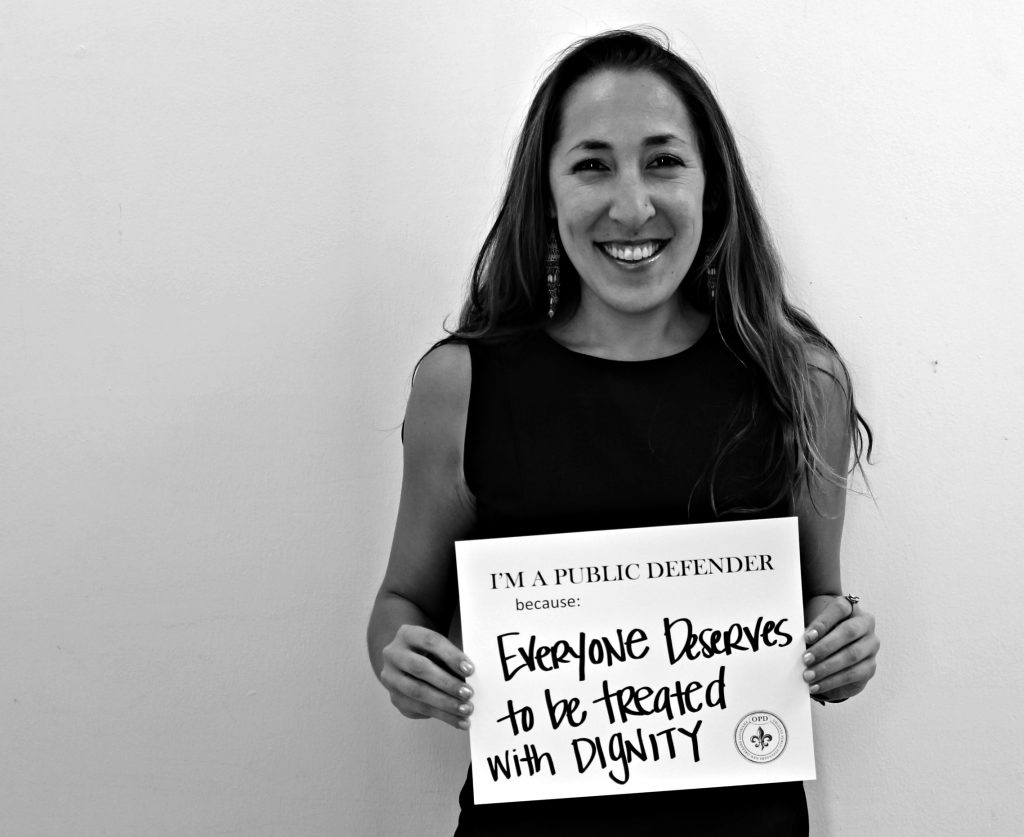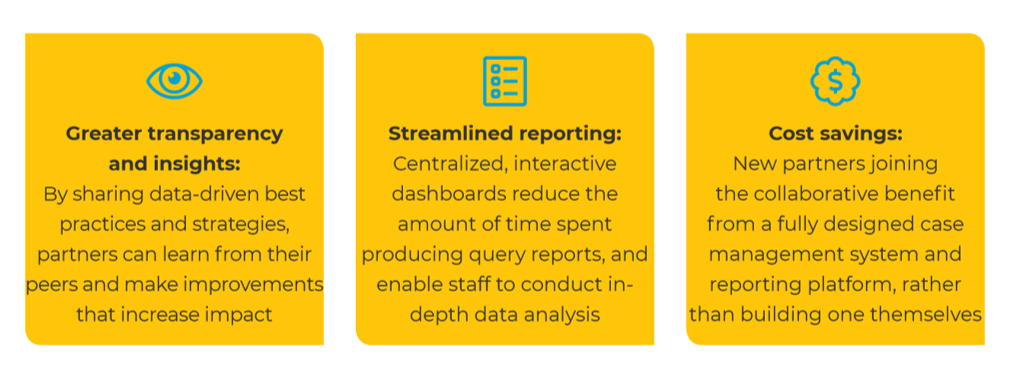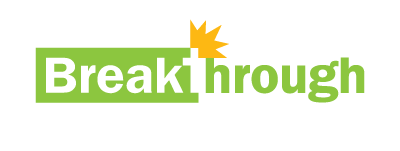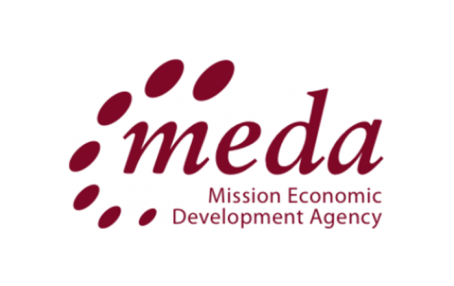Communities In Schools of the Dallas Region (CIS Dallas) Improves Coordination and Communication Across Programs with Exponent Case Management
Meet Communities in Schools
Communities In Schools (CIS) is a nonprofit organization that aims to help at-risk students from pre-K through 12th grade to overcome barriers to their education. Communities In Schools of the Dallas Region (CIS Dallas) is part of a larger organization with over 130 affiliates across the US. The program started as a dropout prevention program for at-risk high school students in the 1970s. However, since its establishment in Dallas in 1985, CIS Dallas has evolved to serve students in 130 public schools spanning 14 school districts.
Site Coordinators: The Key to CIS Dallas’s Approach
CIS Dallas’s approach involves placing trained site coordinators on campus who collaborate with existing school personnel to identify students who are at risk of dropping out, and have academic, attendance, or behavioral and mental health challenges. These coordinators work with the identified students to develop a customized service plan and provide individual, group, and school-wide services to address underlying barriers that may hinder academic performance, attendance, and behavior.
Navigating Mental Health Complexities in School-Age Children
There is no denying that the intersectionality between mental health in school-age children is complex. In fact, 1 in 6 US youth aged 6-17 experience challenges to their mental health each year and half of all mental health conditions experienced by adults began by age 14. To better support their students’ clinical mental health needs, CIS Dallas offers a clinical program where students with clinical mental health needs are referred to a team of licensed mental health professionals. The clinical team provides brief individualized or group therapy services to students on campus, meaning students can receive services at school during the day. Additionally, CIS Dallas offers after-school and summer school programming to complement their main programs.
ECM: A Revolution in Case Management
CIS Dallas’s size and scope can pose challenges when it comes to tracking student progress, referrals, and program outcomes. To streamline their case management and program management processes, CIS Dallas implemented Exponent Case Management (ECM), a Salesforce-based solution that streamlines case management, program management, and impact management.
The Benefits of Exponent Case Management
The new ECM system has enabled CIS Dallas to track student progress, referrals, and program outcomes in real-time. This means that site coordinators and clinical mental health professionals can provide timely and customized services to students in need. The improved visibility into who has worked with a student in the past has also helped CIS Dallas evaluate their programs’ effectiveness and identify opportunities for collaboration among staff members. This is a significant improvement from their previous state system, which only had contained data sets that made it easy to lose track of students.
One of the most significant benefits of the ECM system is its ability to link multiple students served into households. ECM’s unique and thoughtfully developed household data model, has helped CIS Dallas coordinate and communicate with family units across multiple locations, making it easier for site coordinators to provide targeted support to students and families in need.
Collaboration on the Salesforce Platform
CIS Dallas’s success with ECM is also a testament to the power of collaboration on the Salesforce platform. The third-party integrations that were set up have been incredibly helpful in communicating with parents, enabling the implementation of electronic consent forms and SMS functionality. These additions have streamlined communication between parents and CIS Dallas staff, making it easier for parents to stay up-to-date on their child’s progress and receive timely support.
Looking to the Future
While CIS Dallas is still in the middle of realizing the full benefits of their new system, being only about 30% live on the system currently, the improvements they have already seen have been significant. With better visibility into student outcomes and the ability to coordinate and communicate with families across multiple locations, CIS Dallas is well-positioned to make a positive impact on the students they serve. As they continue to use ECM, they will likely uncover new insights and opportunities for improvement, enabling them to further enhance their services and achieve even better outcomes for their students. We’ll be sure to follow along their journey and share updates as they become available.
Want to dive deeper? We invite you to watch a fireside chat with Corinne Weaver, Chief Research, Data, & Analytics Officer at Communities In Schools Dallas, called “Empowering Student Success: A Fireside Chat on ECM and Mental Health Services with Communities In Schools Dallas.” In this discussion, Corinne shares her insights on how ECM has helped CIS Dallas improve their data management processes in an effort to better support at-risk students. Don’t miss this opportunity to learn more about how CIS Dallas is using technology to empower student success and stay tuned for more updates!






















